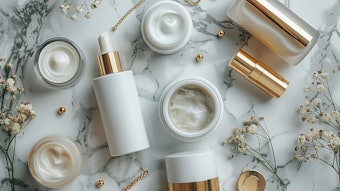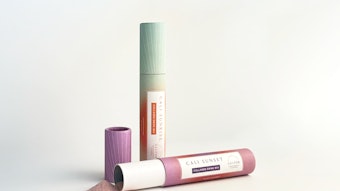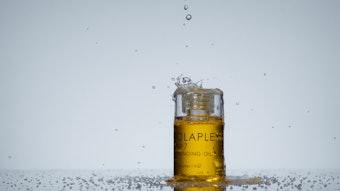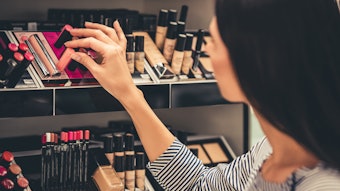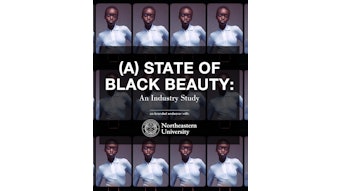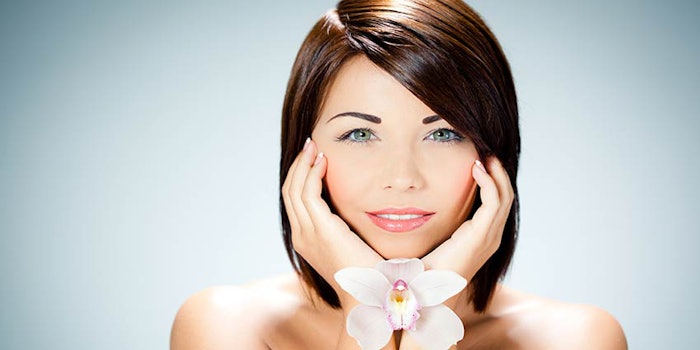
According to Huffington Post, a 2011 study conducted by Dove revealed that only 7% of women in the United States like their own hair. Recently, the company’s #MyBeautyMySay campaign revealed that, “seven out of 10 women agree that they get more comments at work about their appearance than their achievements.”
The conversation about images that define healthy hair is relevant because making attempts to achieve or maintain esthetic beauty is a societal norm. We can’t ignore that one’s appearance is not overlooked, nor is it considered insignificant in many careers. You be your own judge—is appearance important to your job?
TAKE OUR QUIZ: Let us know how important hair care is.
Many women treat hair care services, products and styling aids as an involuntary expense—a necessity—and allot themselves a monthly budget for hair grooming.
In fact, in 2009, The Harvard Business Review’s “The Female Economy” found that, globally, women control about $20 trillion in annual consumer spending, of which $400 billion is spent on beauty products.
What Consumers Don’t Know
The ability to make wigs look natural and real leave many without the ability to tell the difference between lace-fronts, weaves, wigs and natural hair. That is why for many female consumers, especially those with ethnic hair, these products are the problem solver for an immediate need.
The same care necessary to take care of your natural hair is the same care required for hair purchased to accessorize your look. Using harsh synthetic hair products can send you back to the salon or beauty aisles in search of products and services that will get you the beautiful, healthy locks you envision. A bad hair day just might lead you to your best look ever, but we can’t forget that proper care is essential.
Paying close attention to your hair care habits and including a special treatment throughout the growth phase can increase healthiness and length.
Most women know the look of success they want to maintain—be it with their own, or the retail lace-front that screams “too cute.” Marketing and media buzz keep us informed about the newest styling tools and brands.
Television shopping outlets such as QVC and HSN have become a niche market by adding hair segments to their programming. These products are so popular that, during the summer and holidays, you can find the latest product craze marked “out of stock”.
What consumers don’t focus on day-to-day is the understanding of their hair growth cycle.
- anagen (growth)
- catagen (decreased growth)
- telogen (rest phase with hair growth for some)
These details are boring—no one really wants to talk about cell science. However, anti-aging and cell renewal and regeneration are so important that they’re worth mentioning.
Understanding the Hair’s Cycles
That may be true but check to see when your hair is longest or when you’ve noticed that wow my hair has grown. That time is fall or winter for many. Given that many get more stylish for summer and often get new hair styles with cuts, it is usually fall when you realize that you’ve grown out of that new bob cut you have.
The time when hair grows the longest is likely the anagen phase and catagen phase. Paying close attention to your hair care habits and including a special treatment throughout the growth phase can increase healthiness and length. It is thought that your hair typically grows 1cm every month.
Avon has patented a hair growth method that is said to increase the time you are in the growth phase which will keep hair healthy and lively for a longer time. Consumer feedback from this product has not been mainstreamed yet but the Avon product and others like it will surely get consumers attention and awareness of their hair cycle.
It is useful to know when hair grows the fastest (anagen cycle) and when it slows (catagen and telogen), because switching products or deep conditioning (using keratin) might be helpful during the catagen and telogen phase.
In the summer, most women get new hair color, streaks and highlights. In order to keep hair healthy after those summer highlights—and from swimming in chlorine pools—consumers should take multivitamins, maintain pH balance and keep the hair from being porous.
For example, olive oil is a great moisturizer, but observing the hair strand from root to end will tell you which brand is best for you or if you need another moisturizer such as carrot oil or jojoba. Or, perhaps an essential oil complex that includes olive oil works better. And a good porosity shampoo and conditioner does not hurt, either.
Consumers suffering from a bad hair year should have an intense reconstruct conditioner or a five-in-one reconstructor conditioning system.
Protein treatments in summer and winter may be required for different reasons. Harsh heat, bold summer colors and sweaty summer activity creates salt and changes hair pH, leaving hair dry, limp, lifeless and porous, rather the bouncy, silken tresses you can run your hands through.
A sit-under hair dryer and deep conditioner that infuses your hair with moisture is a woman’s best friend in winter months. This is why many stylists encourage customers not to dye hair in winter.
Consumers suffering from a bad hair year should have an intense reconstruct conditioner or a five-in-one reconstructor conditioning system—like Affirm (pictured)—at home. It is a must-have.
The demands of work and family might make one pressed for time, but finding the time to condition is the key to improving texture and achieving healthy hair. Those that stick with the regime will see results, but should be sure to monitor heat settings as too much heat exposure for too long (more than 15 minutes) might cause over-drying.
Fulfilling Marketing Promises and Claims
Global Cosmetic Industry has previously reported on product development based on hair type, especially for ethnic hair care. This is so important because most images of beautiful hair present a picture of silken strands with great elasticity and bounce.
Experience has shown that women want the hair image they see in the magazines, as well as combability, all-day-moisture, softness and body for all hair types. As a result, products that deliver the desired look and feel, especially for coarser strands, will trend very well in niche markets. The opportunity is wide open for good hair science and product development.
*This is likely true, but beautiful hair in winter does exist. Take a look this winter and see if you can spot the girl with the beautiful hair. In fact a, #MyHairIsStillBeautifulInWinter campaign might be the next marketing challenge Global Cosmetic Industry, Dove or Sephora come up with.
Taneisa Grier is a chemist by training, educator by choice and photographer by happenstance. Her interests in the cosmetic beauty industry, especially hair care, began at a young age with frequent trips to the salon. It was natural to include hair science and product development in her analysis of science and chemistry subject matters.




